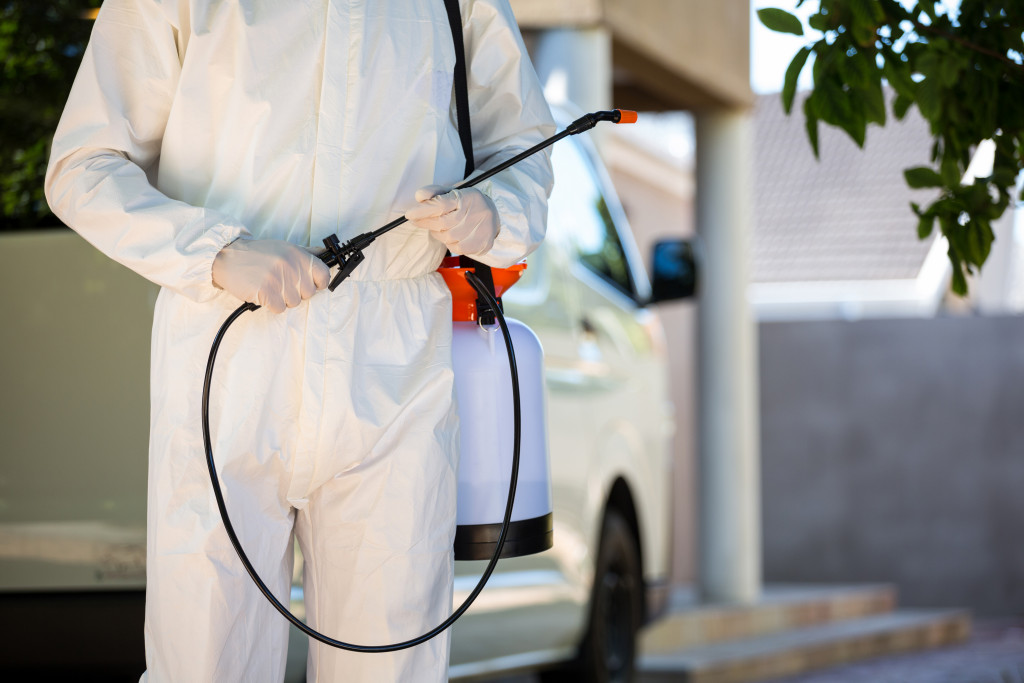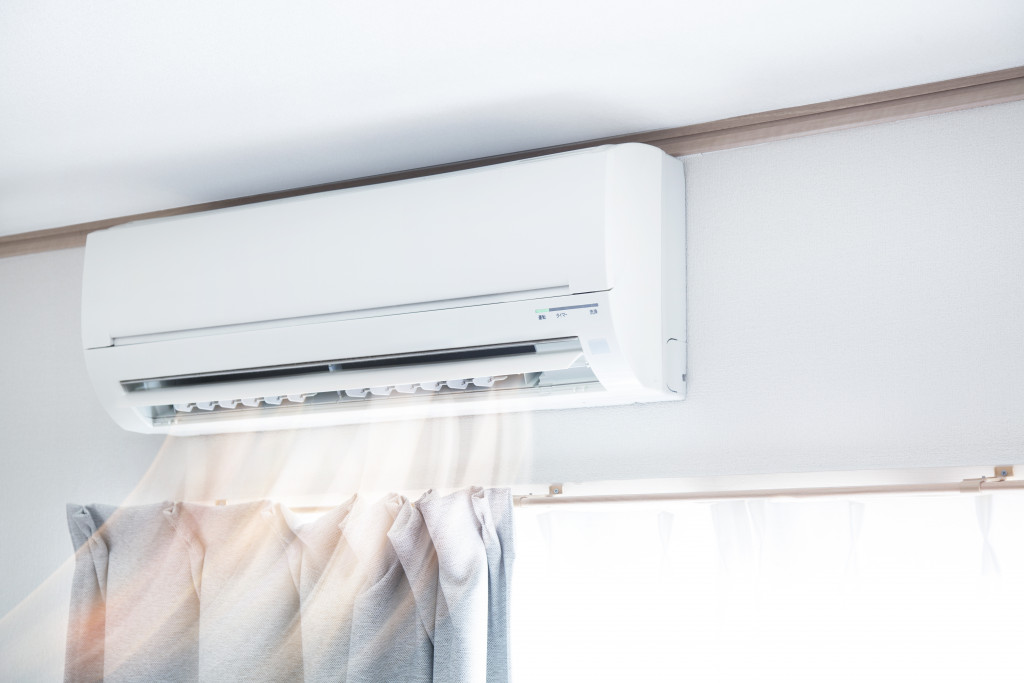Disclaimer: This website provides health information for educational purposes only and is not a substitute for professional medical advice, diagnosis, or treatment. Always seek the guidance of a qualified healthcare provider with any questions you may have.
- Clean and declutter your home to reduce dust, mold, pollen, and other airborne particles that can hurt people’s health.
- To prevent pests from entering the home, regularly inspect walls and floors for cracks or holes, which should be sealed with caulk and steel wool.
- Proper ventilation is essential to maintain a healthy home environment as it reduces indoor air pollution caused by dust particles and chemicals.
- Creating a healthy home environment will help protect against physical illnesses while reducing stress levels, improving air quality, and providing more space for exercise.
The environment in which a person lives can dramatically affect their health. Studies have found that the environment can influence physical, mental, and emotional well-being. Poorly maintained or hazardous environments can trigger illnesses and symptoms, while safe and healthy ones can help protect against them.
Unhealthy air quality has been linked to various health problems, including asthma, allergies, respiratory diseases, cardiovascular diseases, and cancer. Globally, an estimated 7 million people die prematurely due to air pollution each year. The US Environmental Protection Agency (EPA) also reports that air pollution is responsible for more than 130,000 deaths in the United States annually.
So when people are trying to be active with health, they must also consider changes in their environment to ensure they are healthy. No other space is more prominent for the average person than their home. Here are a few tips to follow to make your home environment healthy.
Clean and Declutter
Clean and decluttering a home can be an effective way to help maintain a healthy environment because it helps reduce the risk of dust, mold, pollen, and other airborne particles that can hurt people’s health. It also helps create a more organized living space that can reduce stress levels, improve air quality, and provide more space for exercise.
One of the most critical aspects of cleaning and decluttering is reducing the dust in the home. Dust mites are tiny microscopic insects that feed on dead skin cells found in carpets, furniture, and bedding. These tiny bugs produce allergens that can cause respiratory problems such as asthma or trigger allergies. Regularly vacuuming carpets and washing bedding in hot water at least every two weeks will significantly reduce the number of dust mites and their allergens. Additionally, using mattress covers or washing stuffed animals in hot water every few months will prevent dust mite buildup in these areas.
Decluttering is also essential to creating a healthy home environment. Cluttered spaces filled with items like old magazines, toys, or clothing can harbor dust particles, irritants, and contaminants, which could contribute to poor air quality in the home—additionally, having too many items scattered around causes mental stress due to a lack of organization which could lead to increased anxiety or depression levels over time.
Pest Control

In addition to cleaning and decluttering, pest control is another essential factor in maintaining a healthy home. Pests such as rodents, cockroaches, and termites can introduce allergens like dust mites, bacteria, and fecal matter into the house, which can cause respiratory illnesses or trigger allergic reactions.
Regularly inspecting the home for signs of pests and hiring an experienced pest control professional will help keep these disease-causing vermin out of the house. Here are a few areas to prioritize when trying to eliminate pests:
Wall and Floor Cracks
The walls and floors are likely the most common entry points for pests, so it is essential to inspect them regularly. Look for any cracks or holes that might allow pests to enter. If you find any, seal them with caulk and steel wool.
Attic Insulation
Checking your attic insulation periodically will help identify pest activity in hidden areas like attics and crawlspaces. When inspecting your insulation, look for droppings or other signs of infestation, such as gnawed wiring or chewed wood materials.
Roof Gutters
Roof gutters are often overlooked, but they can be great places for pests to hide and nest. Please ensure you regularly clean and check your drains, as this will help prevent pest infestations in the home. If they are unsalvageable, you might need a professional gutter replacement service to ensure proper pest control.
Poorly Maintained Garden
An unkempt garden can be a great place for pests to hide and breed. Keeping your garden maintained adequately by regularly trimming shrubs, trees, and weeds will help reduce pest populations in the area.
Proper Ventilation

Proper ventilation is an essential factor in maintaining a healthy home environment. Poor ventilation can cause or exacerbate various health issues, including asthma, allergies, respiratory diseases, headaches, and fatigue. Poor air circulation also leads to increased levels of indoor air pollution due to the buildup of contaminants, such as dust particles and chemicals, which can be hazardous to your health.
To ensure a home has good ventilation, one should consider installing fans or opening windows regularly to allow outdoor air to enter the house and circulate throughout its rooms. Also, having exhaust fans in bathrooms can help remove moist air quickly and efficiently from those spaces before it spreads elsewhere. Inspecting all vents for clogged filters or other obstructions that may limit airflow into and out of your home is also essential. Regular maintenance practices like this will help ensure that your living space remains well-ventilated at all times.
Final Thoughts
Creating a healthy home environment is essential for physical and mental well-being. Regularly cleaning, decluttering, pest control, ventilation maintenance, and garden upkeep are all critical components of maintaining a healthy living space. Following these tips will ensure that your home remains a safe and healthy place to live.




